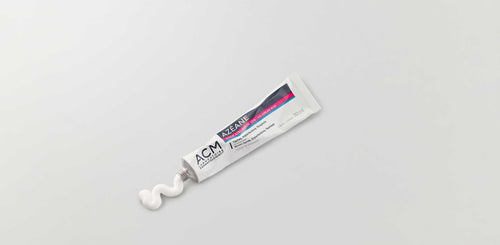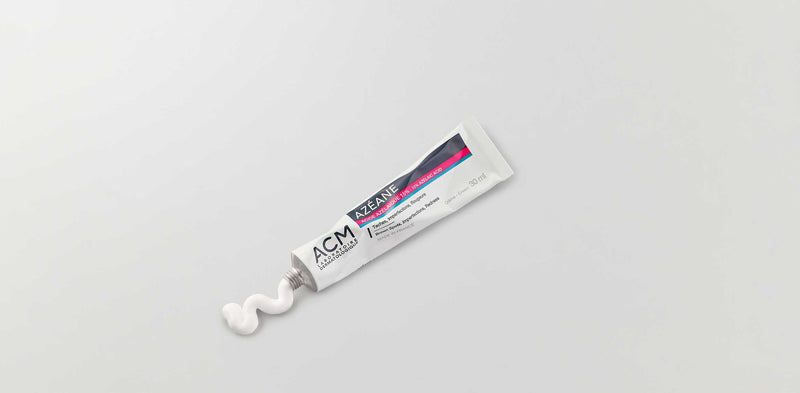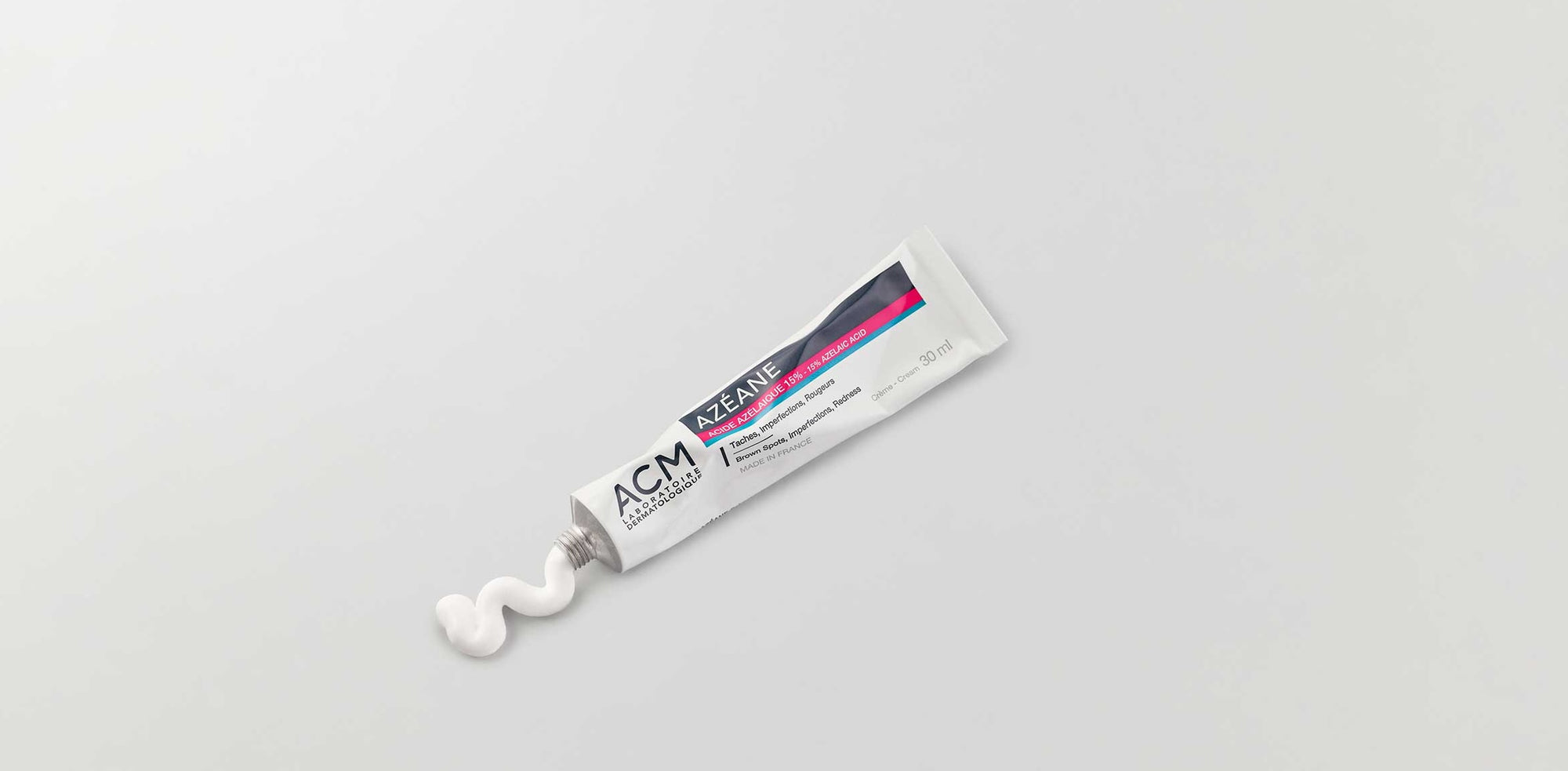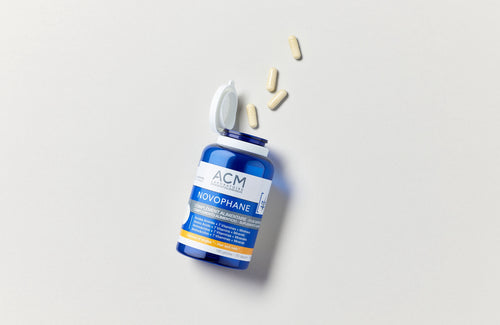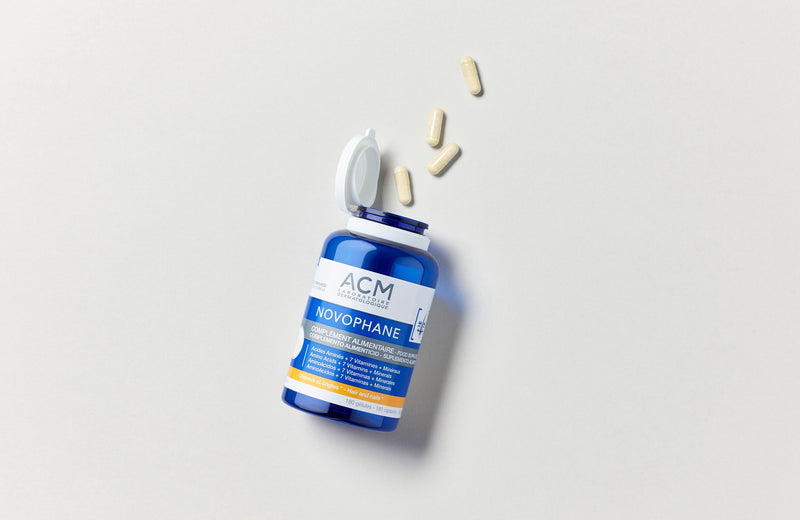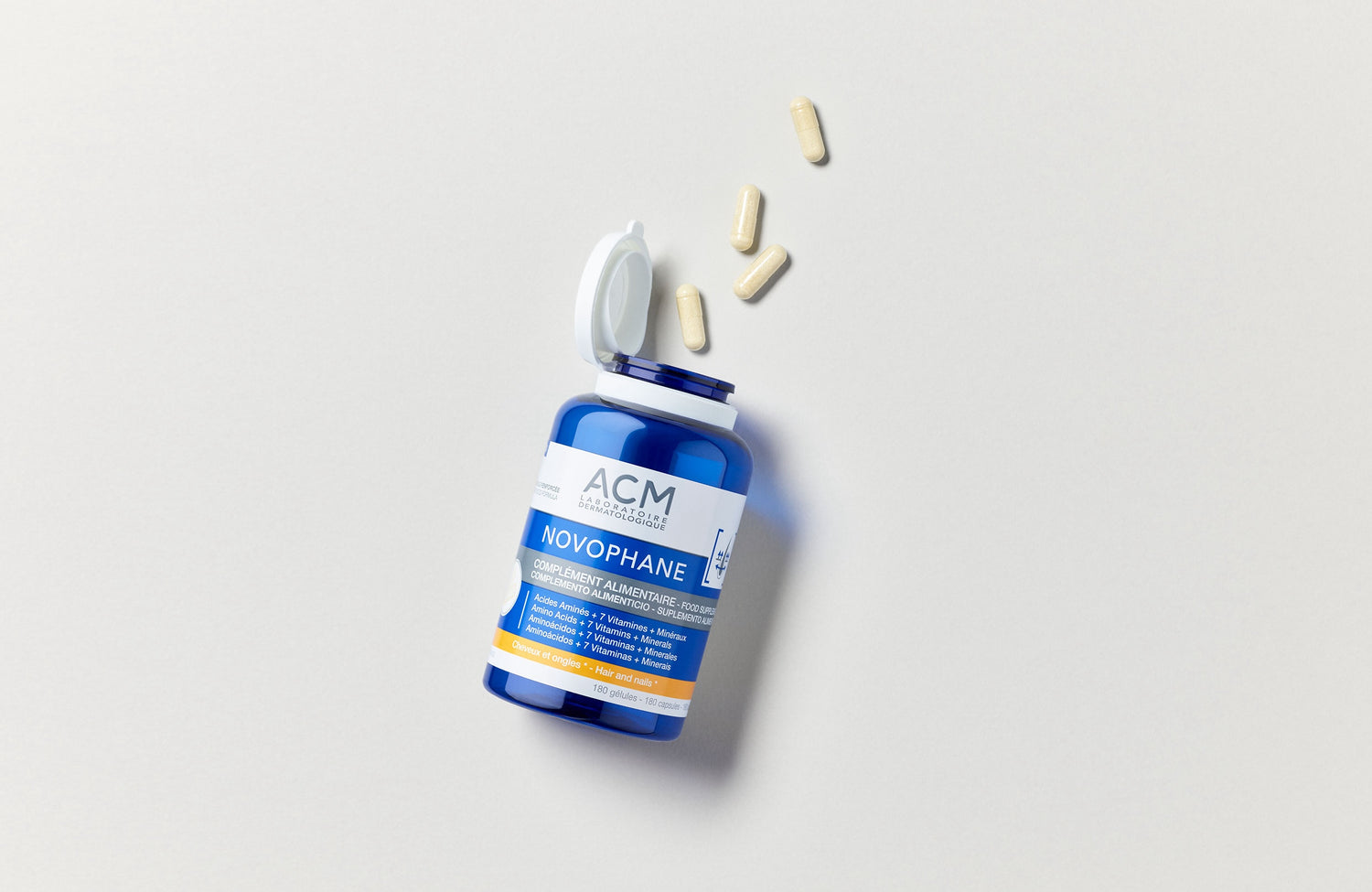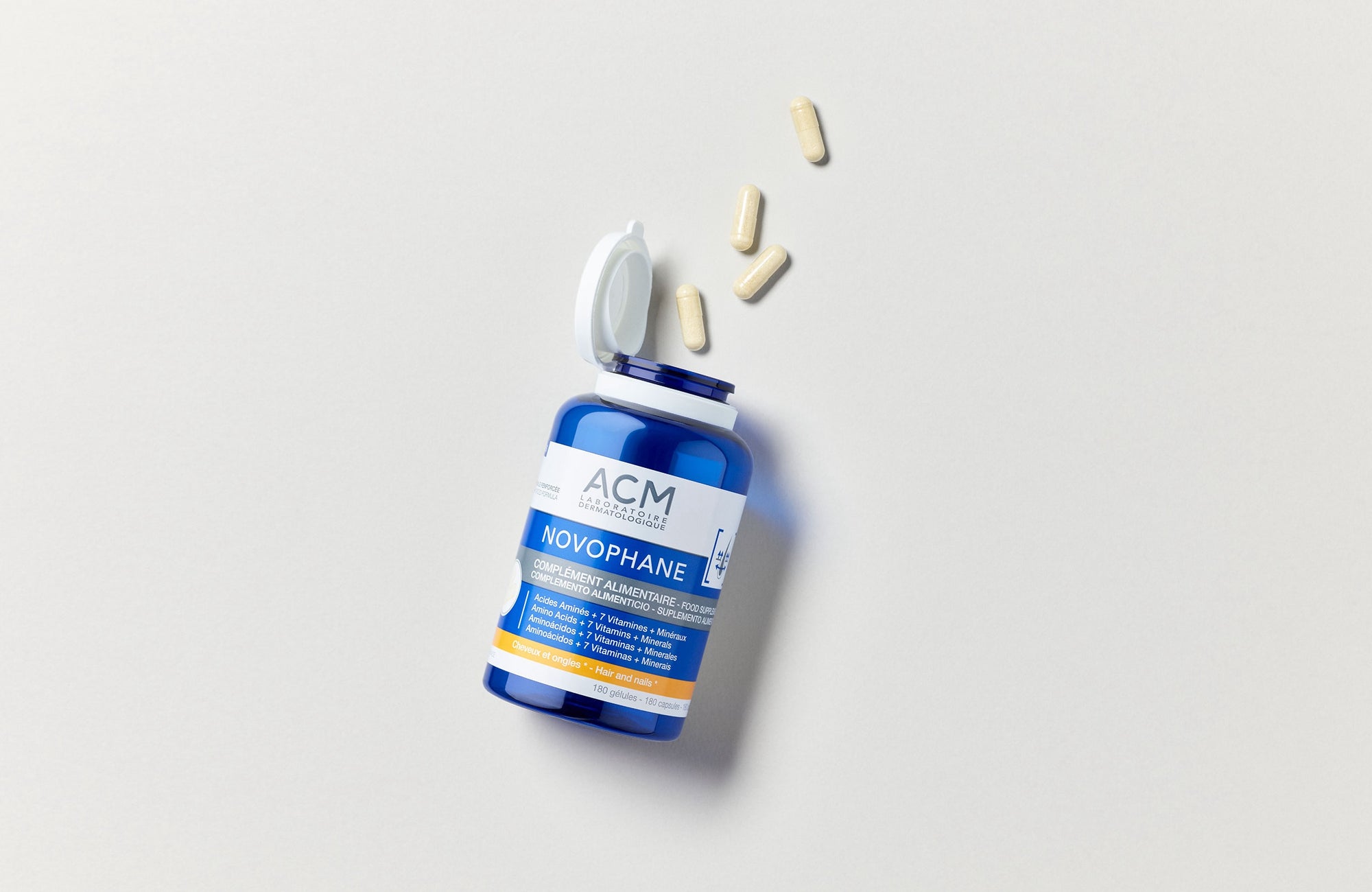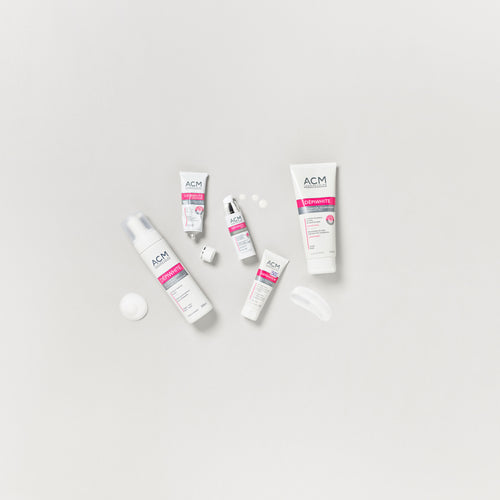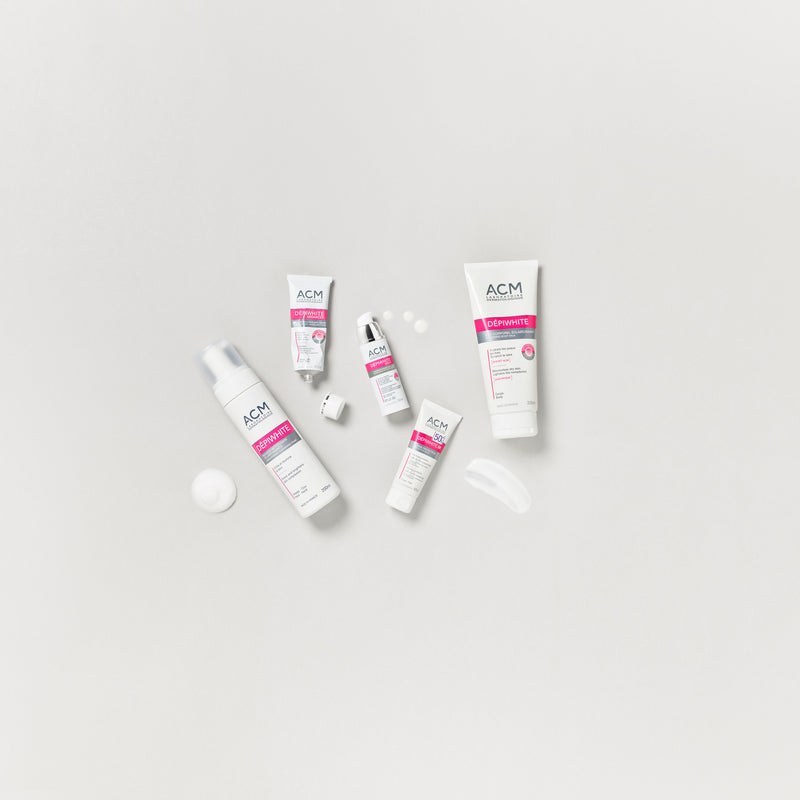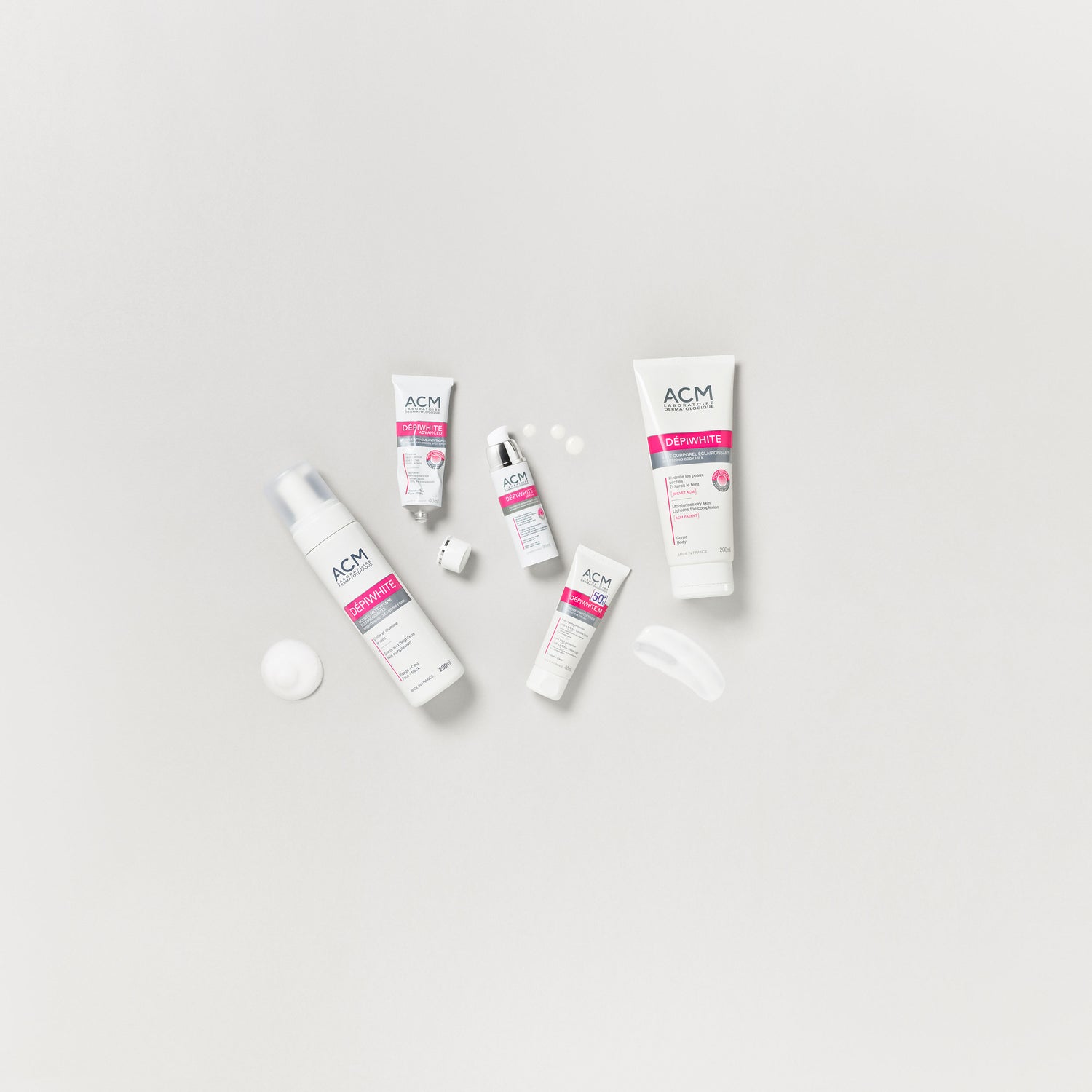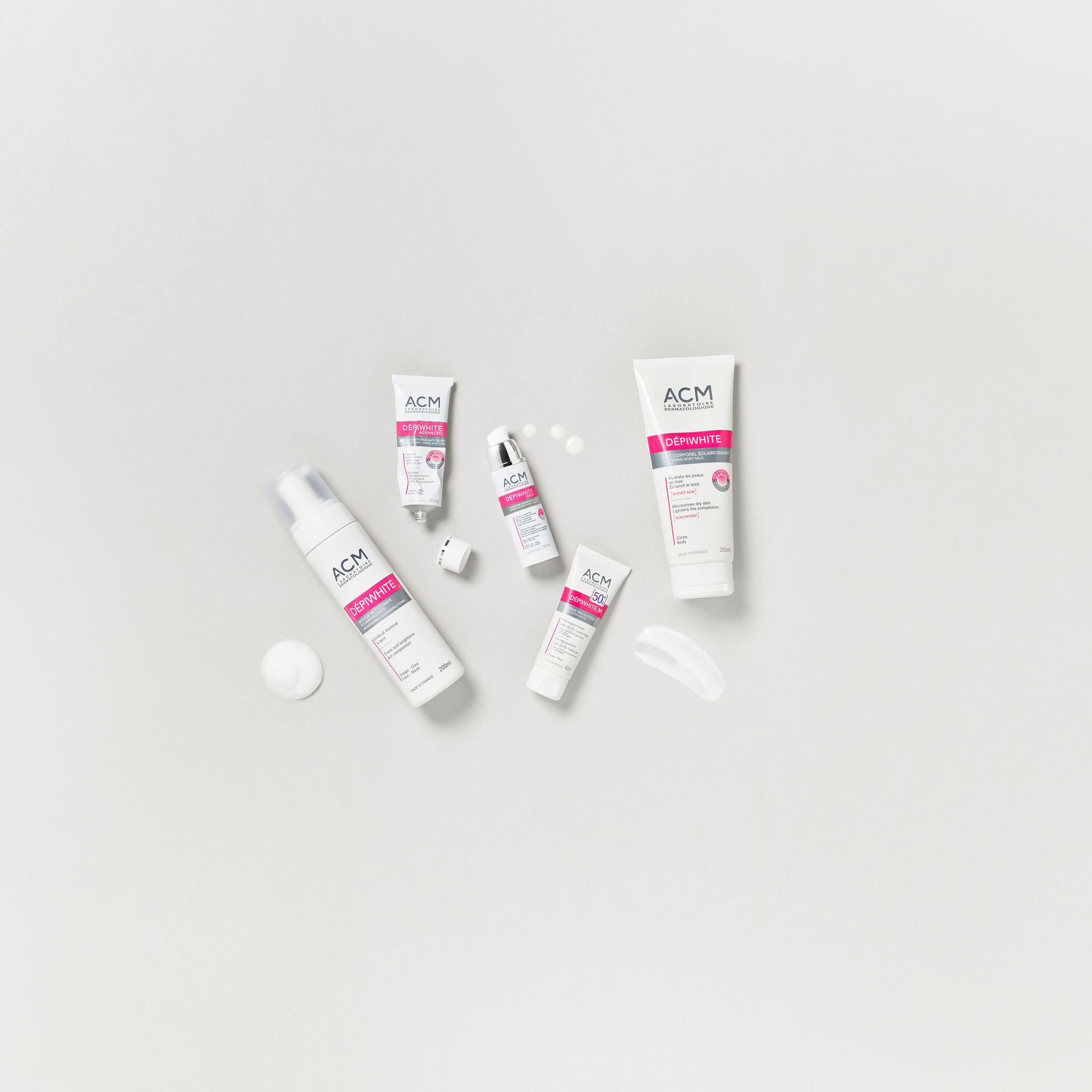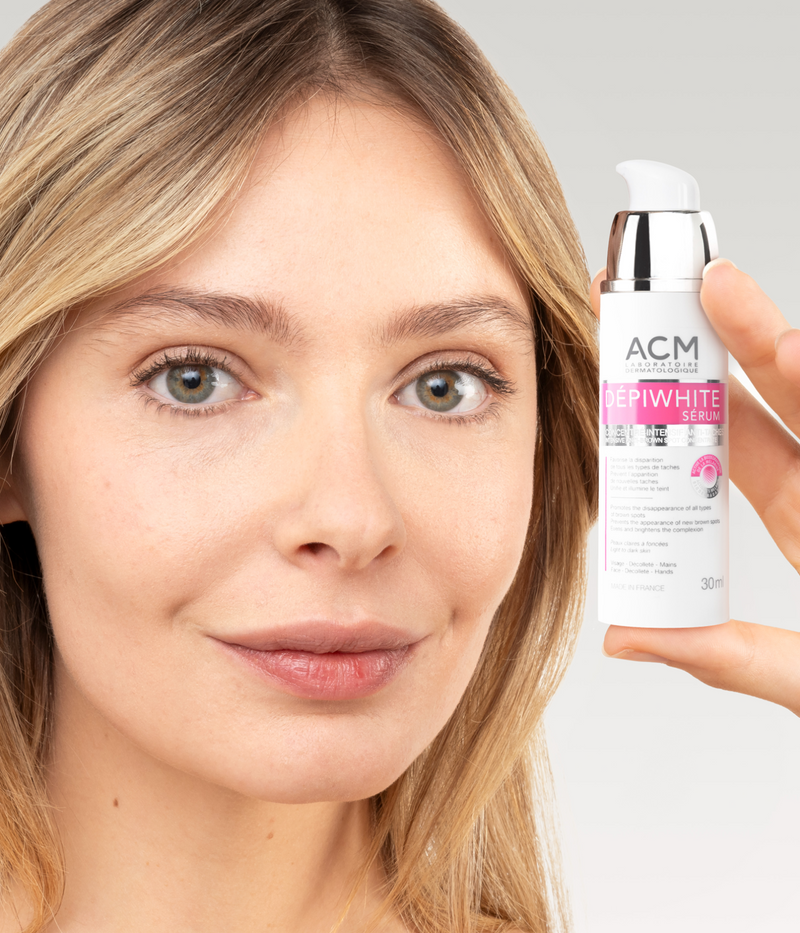Azelaic acid: a benchmark active ingredient
Azelaic acid , as its name suggests, is part of the large family of acids, dicarboxylic version. It is present in nature, in cereals such as barley, rye and wheat; it is part of their defense system….how well nature is made!
For reasons of stability and effectiveness, cosmetic formulas contain a synthetic version of it.
Good news! Discovered in the 1980s, azelaic acid has been the subject of numerous clinical studies, published in scientific journals. Thus, this reference active ingredient has revealed many benefits for very common skin pathologies: rosacea care, acne treatment, solution for the management of pigment spots.
And it's proven!
Azelaic Acid: A Solution for Acne, Dark Spots and Inflammation
The best-known property of azelaic acid on the skin is its keratolytic action; it has the ability to create a gentle exfoliation of the skin's keratin, the outermost layer of the epidermis. Excellent news when you know that excess layers of dead cells are, by repercussion, responsible for inflammation, dull complexion, pigment spots, clogged pores and therefore unsightly pimples.
The benefits of azelaic acid do not stop there. It has been shown to have complementary actions to keratolytics, both on skin cells and on lesions, making it a super active ingredient in dermocosmetics for the care of acne-prone skin, a solution against pigment spots and in the care of rosacea:
-
Azelaic acid anti-inflammatory (1): when the skin is attacked, a complex defense mechanism is put in place: the inflammatory reaction. To reduce this inflammatory response, azelaic acid neutralizes free radicals, thus reducing oxidative stress of cells and therefore redness induced by inflammation, symptoms of rosacea.
-
Antibacterial azelaic acid (2): this active ingredient has an antimicrobial effect on P. acnes, the famous cause of acne proliferation. Azelaic acid therefore helps maintain a healthy microbiota.
-
Azelaic acid against hyperpigmentation (3): unsightly spots can appear locally and due to an excess of melanin. These can have different origins (cuts, pimples, sun, etc.). Azelaic acid acts directly on the hyperactive and abnormal melanocytes - the cells that pigment the skin - at the origin of this hyperpigmentation.
To summarize, azelaic acid is an excellent response to the pathologies of acne, rosacea and pigment spots and its exfoliating action reveals the radiance of the complexion.
Azelaic acid: the ally of all imperfect skin
Acne-prone skin, pigment spots or even rosacea, azelaic acid offers an all-in-one solution to these pathologies.
We know that skin prone to rosacea or acne is more reactive, so active ingredients must be carefully selected to meet their tolerance expectations. Azelaic acid is a medical innovation developed, tested and recommended by dermatologists. It has the particularity of being very well tolerated by all phototypes and skin types from the age of 10.
Another advantage of this active ingredient is that it is compatible with pregnancy and breastfeeding.
Azelaic acid for a clear skin routine
Currently, medications for acne and rosacea are prescribed by dermatologists; they contain a high level of azelaic acid - between 15 and 20% - but are only available by prescription.
Over-the-counter dermo-cosmetic treatments are now available to delight imperfect skin. A medical solution enriched with azelaic acid can be easily integrated into a daily care protocol, even a specific one. The secret to success? Regularity. It is essential to apply the product enriched with azelaic acid ideally twice a day on clean skin. Do not neglect the hands and décolleté, which often have pigment spots.
Checklist:
- check the concentration of the chosen product: at least 15% concentrated in azelaic acid to be effective;
- do not neglect complementary assets for a global action;
- test the galenic: it effectively contributes to treatment compliance;
- a high rate of ingredients of natural origin and French manufacturing are a plus.












